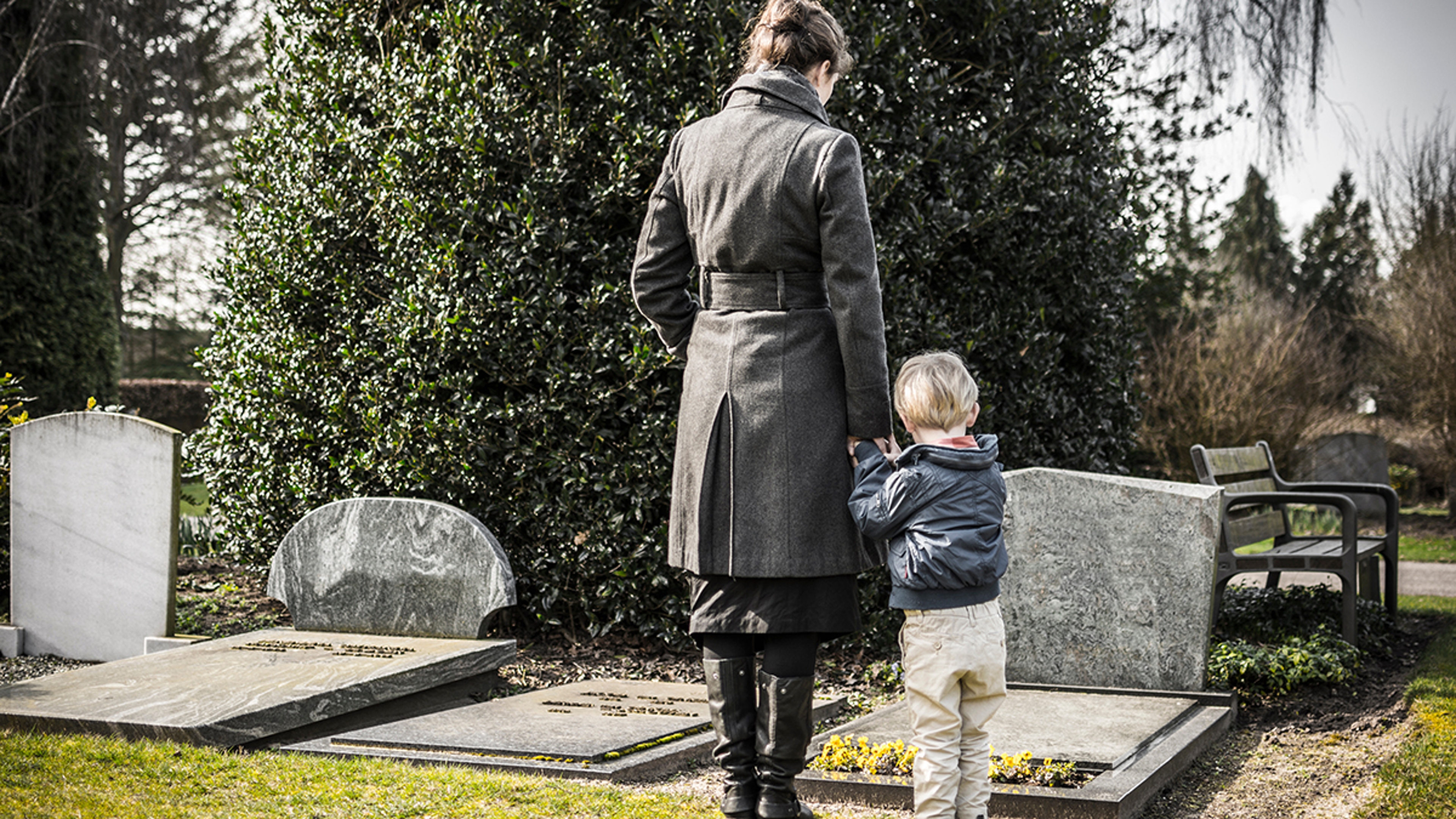Navigating Holidays and Anniversaries in the First Year of Grief
Grief and loss make celebrations difficult — especially in the first year. Here are tips for finding solace during these hard times.
Apr 03, 2023
Holidays and anniversaries are often times of happiness and celebration, but for those who are grieving the loss of a loved one, these occasions can be painful and overwhelming. This is especially true during the first anniversary of a death, as you adjust to life without your loved one by your side.
"The aftermath of loss is hard and often debilitating ," says Melissa Lunardini, head of bereavement for Help Texts, which offers grief and mental health support through text messages. When we lose someone, a world that once made sense feels completely foreign to us, and we find ourselves anxiously seeking out a grief map. With the right advice and reassurance, Lunardini will show you how you can navigate holidays and anniversaries in the first year of grief.

Go in with a plan
While a standard grief map doesn't exist, grievers do share common patterns, Lundardini says, and knowing which one we are can help us to navigate upcoming dates in ways that feel most meaningful to us. These patterns are separated into three grief styles: intuitive, instrumental, and blended.
Intuitive grievers, explains Lunardini, tend to talk more openly about their emotions, and seek out people and places where they can express those feelings. If this grieving style feels most natural to you, consider seeking out holiday support groups and communicating with friends and family early on about how you might want to approach significant dates.
Instrumental grievers, on the other hand, are less likely to show their emotions outwardly but tend to be more action oriented when processing grief. On the anniversary of a death, for example, you may want to create a memorial for your person or plant a garden of their favorite flowers. For holidays, you may decide to bake your loved one's favorite Christmas cake, or keep with other traditions.
Blended grievers, as the name suggests, are people who pull from both styles. Taking time to understand where we find comfort and identifying our particular adaptive grief style can help us find positive ways to approach the holidays and other difficult dates.

Make space for self-compassion
With an important date on the horizon, it's common, Lunardini says, to feel anxious and uncertain. We might even start to engage in self-criticizing behavior, especially if we're not feeling up to celebrating or partaking in usual activities.
To counter this, she recommends practicing self-compassion. “Treat yourself as gently as you treat a newly grieving friend. Speak kindly to yourself, reassure yourself, and give yourself permission for the day to look and feel different."
One such technique she recommends is called the “morning pause." As you wake up, take a minute or two to pause. Breathe deeply for a few breaths, do a full body stretch, and say something kind and motivating to yourself, such as “Whatever I am able to do today is enough" or “I can do hard things" or “Whatever comes my way today, I can handle it."
Practice self-care
As holidays approach, grievers can notice an increase in physical, emotional, behavioral, social, and spiritual reactions, which can increase in intensity the closer it gets to the actual day, Lunardini explains. Self-care is another coping technique that can help make these intense surges of grief feel more manageable.
This may include scheduling downtime for yourself, journaling, going for a walk, or practicing breathing techniques like the “physiological sigh," a proven exercise that helps the body calm down quickly.
To try the physiological sigh, take two short inhales through the nose, followed by one long exhale through the mouth, she explains. Make sure that your exhale is longer than your short inhales, and repeat this three times.
Self-care also extends beyond the immediate self. “Part of self-care is also letting your support network understand what is coming up for you so that they can also increase their support for you during this time," Lunardini says.
Adjust expectations
Adjusting expectations means simply acknowledging that this holiday or occasion will be different while also recognizing that you have choices. To many, that means deciding whether to keep with tradition or create a new one.
Perhaps you typically attend a brunch to honor your mother on Mother's Day, but this will be the first year without her. “Her absence creates space for you to make choices and control what you already know will be a hard day emotionally," Lunardini explains. You might choose to do something in her honor, start a new tradition, pack the day full, or skip it entirely.
“There is no right or wrong way to handle your first holiday, but what is always helpful is to remember that you can just adjust expectations in real time by making choices and setting limits based on what you need at the moment."
Lunardini offers one final piece of advice if a day starts to feel overwhelming: Use the STOPP technique. "STOPP" stands for:
- Stop what you're doing.
- Take a breath.
- Observe what is going on inside your body and in your environment.
- Pivot or Proceed.
Determine if you can and want to resume your activity — or if it's simply time to take a break and rest.
.svg?q=70&width=384&auto=webp)






